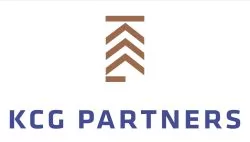About one year after the entry into force of the fourth anti-money laundering directive and terrorist financing, a new directive in that regard entered into force on 9 July 2018.
Responding notably to the Panama Papers revelations in April 2016, the 5th anti-money laundering directive introduces stricter transparency requirements. The key provisions (a) aim at full public access about the persons who really owns companies and trusts, (b) limit the use of anonymous payments through electronic money products (including virtual currency exchange platforms), and (c) widen customer verification requirements and criteria for assessing high-risk third countries.
The new directive also improves the cooperation and exchange of information between anti-money laundering and prudential supervisors (European Central Bank, European Banking Authority, European Insurance and Occupational Pensions Authority, European Securities and Markets Authority) who will hold a first exchange in September 2018.
The EU Member States are urged to adopt the implementation provisions in their national laws as soon as possible, at the latest by 2020.
The content of this article is intended to provide a general guide to the subject matter. Specialist advice should be sought about your specific circumstances.

